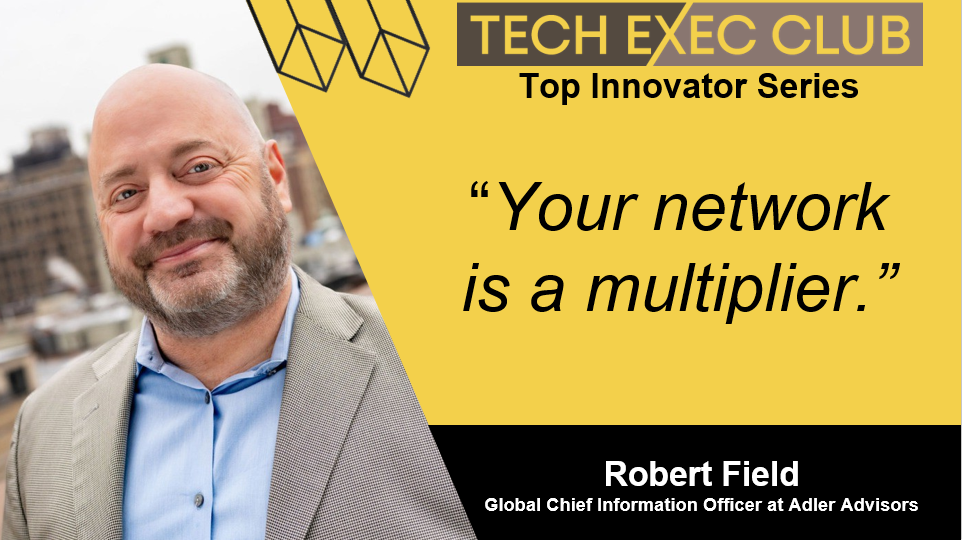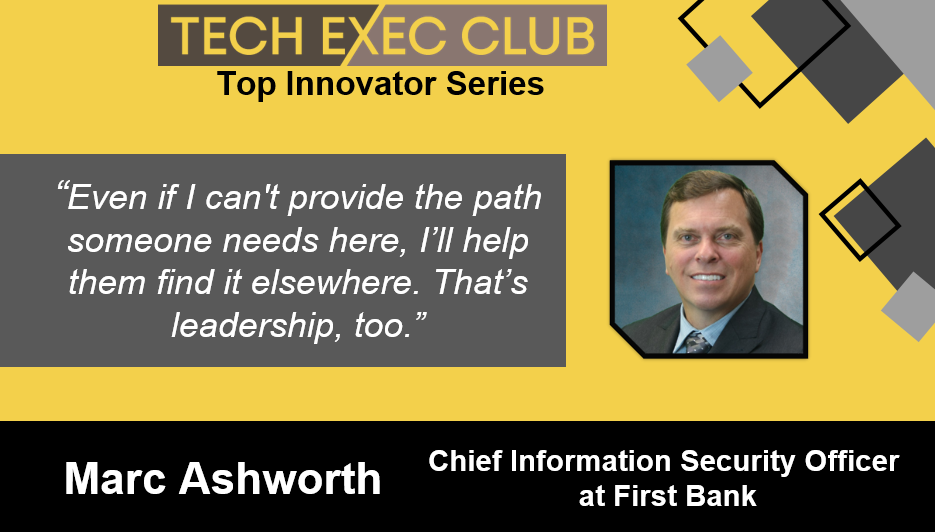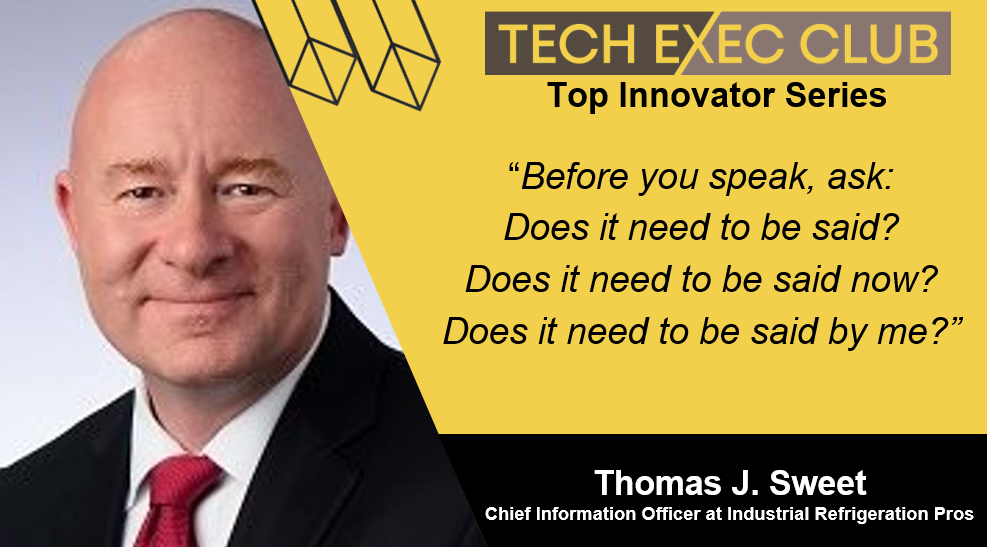In the fast-paced world of technology, leadership is often the defining factor between success and stagnation. At the heart of effective leadership is the ability to bridge innovation with business outcomes—a skill that Harish Epuri, Vice President of Engineering at Autodesk, has mastered over the years.
In a conversation with the Tech Executive Club, Harish shared his journey from a passionate engineer to a strategic leader, emphasizing the importance of aligning technology with business results. His philosophy? Leadership isn’t just about technical expertise; it’s about understanding the “why” behind every decision, fostering a culture of open communication, and ensuring that teams are focused on outcomes that truly matter.
Throughout his career, Harish has developed a unique approach to leadership—one that balances innovation with business objectives, prioritizes deep listening, and champions the power of focused execution. In this exclusive interview, he unveils the key principles that have shaped his success and the lessons he wishes he had learned earlier.
Let’s explore the insights of a leader who believes that saying yes should always come with a commitment to execution and that true impact is measured by the outcomes we achieve, not just the titles we hold.
The Power of Alignment: Connecting Technology to Business Success
For Harish Epuri, leadership is not just about driving technology forward—it’s about ensuring that every technological decision is deeply connected to business objectives. “Having a great team is just the starting point,” he explains. “The real challenge is aligning that team’s work with technological innovation that directly impacts business results.”
This alignment, he believes, is the cornerstone of effective leadership. Early in his career, like many engineers, he was deeply invested in building high-performance systems, focusing primarily on the technical side. But as he moved up the leadership ranks, he realized that success wasn’t just about creating great technology but about using technology to solve real business problems.
Harish stresses the importance of asking the right questions: Why are we doing this? What customer pain point are we solving? How does this improve the overall business experience? “Once people understand the ‘why’ behind their work, they engage more deeply. Engineers stop seeing roadblocks and start asking better questions. That’s when real innovation happens.”
To make this alignment a reality, Harish believes in radical transparency. He encourages his teams to bridge the gap between engineering and business stakeholders by translating technical challenges into business terms. For example, he recalls an engineer questioning why they needed to improve page performance. Instead of responding with a technical explanation, Harish framed it in business terms: faster websites lead to better customer engagement, which increases conversions. The shift in perspective made all the difference.
“The key is to connect technology metrics to business metrics,” he explains. “That’s what helps engineers see the impact of their work, and it helps business stakeholders understand the value of technology.”
The Leadership Journey: From Engineer to Executive
Every great leader has an “aha” moment—a point where they realize the skills that got them where they are won’t be the same ones that take them forward. For Harish, this moment came as he stepped into managerial roles.
“When I started, I was all about learning and building the best-performing systems,” he recalls. “But as I took on leadership roles, I started sitting in meetings where the discussions weren’t just about technology—they were about business outcomes. That’s when it clicked for me.”
This shift in perspective wasn’t immediate. It took time, experience, and the ability to step back from the daily grind of coding and problem-solving. Understanding his evolving role was a critical part of the process. “You need to know your role and how it contributes to the bigger picture. Once you get that, everything becomes clearer,” he says.
Harish is quick to emphasize that there is no shortcut to leadership. “Success never comes easy,” he states matter-of-factly. “If there was a magic bullet for overnight success, I haven’t seen it.” Instead, leadership is a journey that requires continuous learning, adaptation, and self-awareness.
Balancing Innovation and Business Goals
One of Harish’s biggest leadership challenges is striking the right balance between technological innovation and business objectives. “When you sit in strategic meetings, the gravity almost always pulls toward business outcomes,” he explains. But a great engineering leader knows how to use technology to accelerate those outcomes.”
The challenge, he says, is in resource allocation. Too often, organizations prioritize short-term business goals over long-term innovation. Harish has worked hard to ensure that technological advancements aren’t just an afterthought but an integral part of the business strategy.
“You don’t just throw resources at technology for the sake of it,” he says. “You need to find the balance—how does innovation help the business? How do we ensure technology isn’t just keeping up but driving business growth?”
His approach is deeply collaborative. By fostering open discussions between engineers and business leaders, he ensures everyone is aligned on priorities. This approach has led to more intelligent decision-making, where investments in technology are directly tied to tangible business benefits.
Lessons from Mentors: The Art of Focus and Deep Listening
Every great leader stands on the shoulders of those who came before them, and Harish is no exception. He credits much of his leadership growth to valuable advice from mentors.
“One of the best advice I received was: Don’t try to solve all the problems.”
Early in his leadership journey, he wanted to oversee every initiative, ensuring that each one was on the right track. But this approach, he soon realized, wasn’t sustainable. “You have to choose what’s most important. Focus on what will have the biggest impact, and learn to delegate effectively.”
He says this is where authentic leadership comes in—not just in solving problems but in empowering others to take ownership. “It’s not about ignoring the other tasks. It’s about ensuring your team understands that even though you’re not personally involved in every detail, their work is still important.”
Additionally, effective delegation plays a crucial role in this process. By setting clear outcomes and milestones, leaders can ensure accountability while fostering growth within the team. Holding individuals responsible for their deliverables not only strengthens their skills but also builds the bench strength needed for future leadership.
Another game-changing lesson came from his coach, who taught him the power of active listening. “Deep listening is about understanding the ‘why’ behind what someone is saying. Don’t just listen to respond—listen to understand,” he says.
Harish believes that curiosity is the key to outstanding leadership. “Lean into conversations. Ask questions. Make sure people feel heard. When you do that, you build trust, which makes teams successful.”
The Power of Saying No
One of the most complex skills to master as a leader is the ability to say no. Harish acknowledges that many leaders struggle with this because they want to be accommodating and helpful. But he also knows that resources are finite, and prioritization is key.
“Saying no isn’t just about rejecting ideas—it’s about making sure that when you say yes to something, you’re fully committed to making it happen,” he explains.
Harish emphasizes that saying no should never be a unilateral decision. “It’s about bringing your stakeholders along in the decision-making process. Be radically transparent. Show them the trade-offs, the priorities, and the reasoning behind your choices.”
This approach ensures team alignment and makes it easier to focus on the initiatives that drive impact.
Lessons from a Leader—How You Can Apply Harish Epuri’s Insights
Harish Epuri’s leadership journey offers invaluable lessons for aspiring and seasoned technology leaders. His approach to aligning technology with business goals, prioritizing focus, and leading with integrity can be applied to your career. Here’s how you can take action today:
1. Align Your Work with Business Outcomes: Always ask why before starting a project. Understand the customer pain points and how your work impacts the business. Connect technical metrics (e.g., system performance, efficiency) to business results (e.g., customer experience, revenue growth). Foster a culture of transparency between technical teams and business stakeholders.
2. Develop Strong Leadership Skills: Learn to balance business needs with technological innovation—don’t let one overshadow the other. Practice active listening—focus on understanding before responding. Empower your team by delegating effectively while holding them accountable.
3. Master the Art of Prioritization: Don’t try to solve every problem. Focus on the most impactful initiatives. Learn to say no strategically—ensure your team is aligned on priorities. Engage stakeholders in decision-making to create a collective vision.
4. Build a Strong Foundation in Technology: Don’t chase titles—focus on mastering the fundamentals of your field. Stay curious and continuously learn—technology evolves rapidly, and adaptability is key. Use AI and automation wisely, but always understand the underlying principles.
5. Keep Your Promises—Make Every ‘Yes’ Count: Only commit to what you can truly deliver. Integrity is the foundation of strong leadership. Focus on outcomes, not just tasks. Make sure your work drives real impact. Build trust by being reliable—people remember those who follow through.
Are you ready to improve your leadership skills? Start by implementing these lessons in your daily work. Whether you’re an engineer, a manager, or an executive, aligning your work with business goals and leading with purpose will set you apart.
Harish Epuri’s journey from engineer to senior technology executive is a masterclass in leadership, adaptability, and impact-driven decision-making. His ability to bridge the gap between technology and business outcomes sets him apart as a leader. But beyond strategy and execution, what truly defines Harish is his unwavering commitment to integrity—his belief that if you say yes to something, you must make it happen.
Through his experiences, Harish has shown that leadership is not about having all the answers but about asking the right questions. It’s about prioritizing wisely, empowering teams, and ensuring every technical initiative has a clear business purpose. His insights serve as a guiding light for anyone looking to make a meaningful impact in the world of technology.
As he continues his leadership journey, with aspirations of stepping into a CTO role, one thing is sure: Harish Epuri is not just leading teams—he’s shaping the future of technology leadership itself.
For those looking to follow in his footsteps, the path is clear: focus on fundamentals, align technology with business goals, and never overpromise. True leadership is measured by the promises you keep and the impact you create. Stay connected with the Tech Executive Club for more insights from top innovators. Visit TechExecutive.Club to explore more leadership stories and strategies for success!
Want to hear Harish Epuri’s insights firsthand? Watch the full, live podcast interview [click here]






